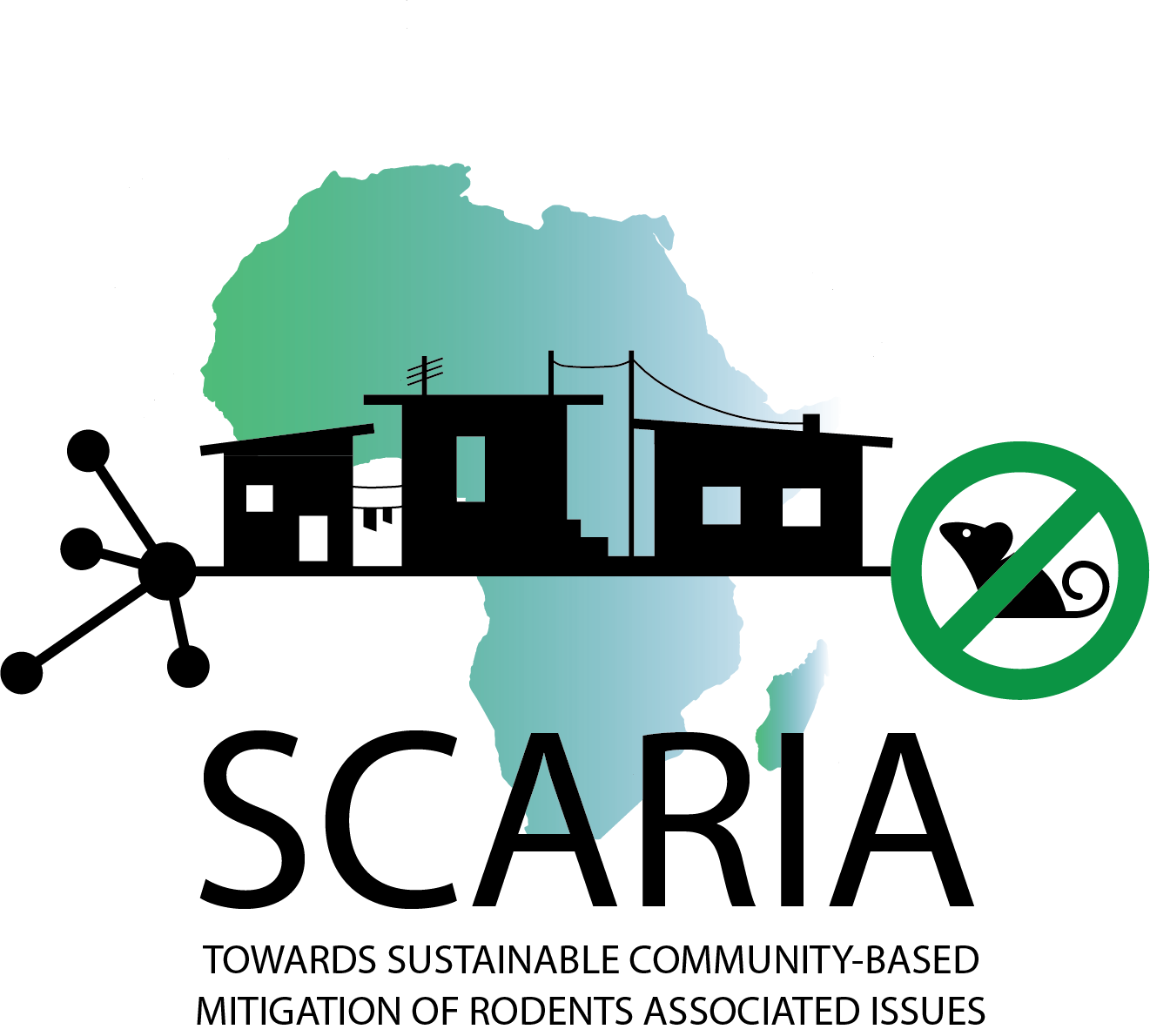Throughout the prototype development, we have done different types of testing. The first necessity was to determine whether the botanicals are effective and have potential to either sicken or kill rats. The treatments with a mix of 2 botanicals showed highest potential. Early results in Phase 2 showed that the combination of 1 highly effective botanical, with one of the other botanicals, was most effective – leading to more than 40% mortality. Based on these results we focused to test a range of aspects critical for its successful marketing in practice, narrowed down to the most effective treatments. These aspects include: Palatability and bait attractiveness, non-target harm and lethal dose. Lethal Dose for the 4 most promising treatments was tested, informing the exact composition of the novel alternative biological rodenticide product.
A quick summary of the steps that have been taken in the process of selecting a prototype:
- Testing of each botanical in single and mixed forms.
- Testing of the most preferred bait to attract rats.
- Double testing of the most promising mixtures consisting of 2 botanicals.
- Choice experiments in the lab and in the field to verify its palatability.
- Tests on chickens to determine non-target safety.
- Testing of lethal dose for the four most promising treatments.
As a result from the different tests, we selected a top-4 of mixtures based on critical criteria on: technical working mechanism, user demand and production methods. This resulted in a ranking with a clear ‘winner’, this product is selected as the prototype and is currently being produced by over 10 SMEs consisting of women with a business spirit in localities of Amhara region. We are introducing the bio-rodenticide to farmers where it is received with great enthusiasm and satisfaction. The farmers are so happy with the new product that we are working hard to upscale the production process to fulfil the rising demand.








